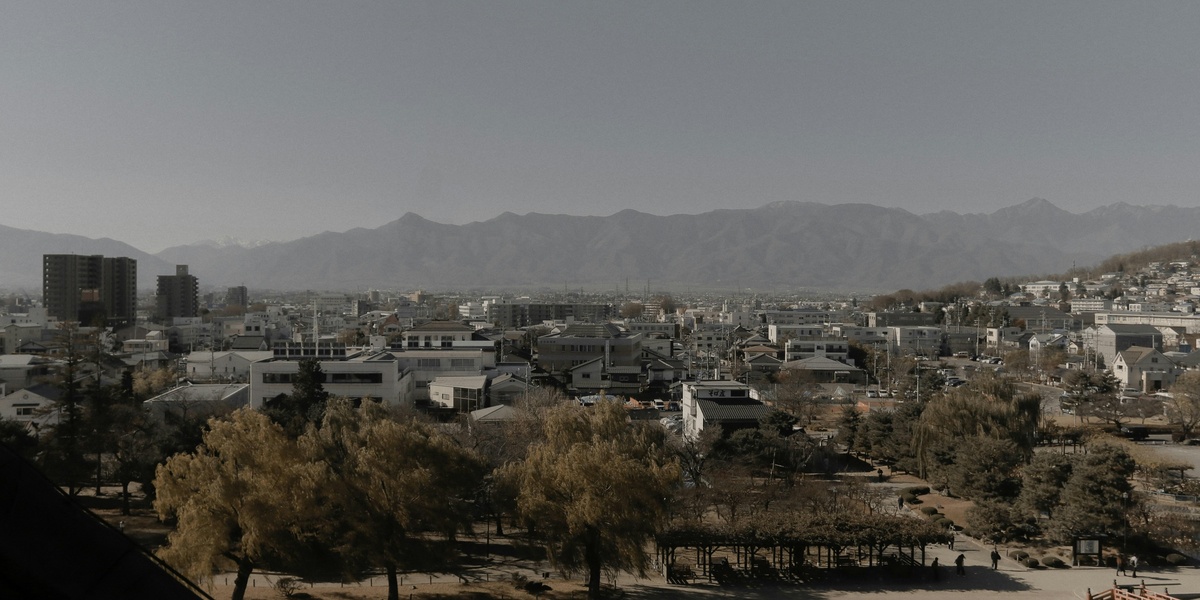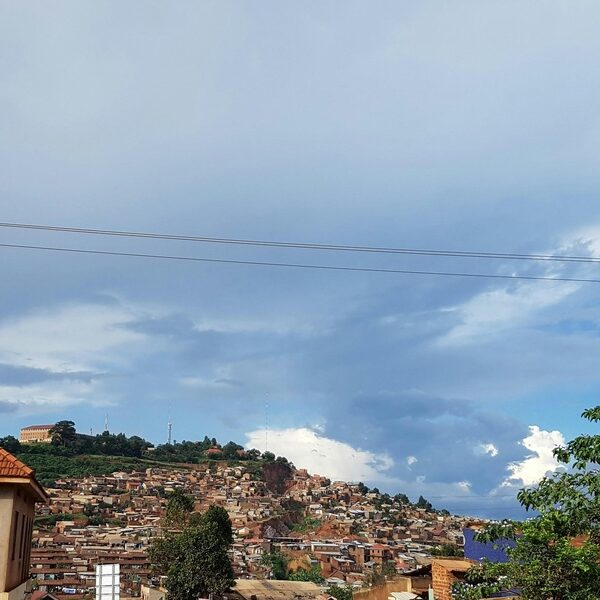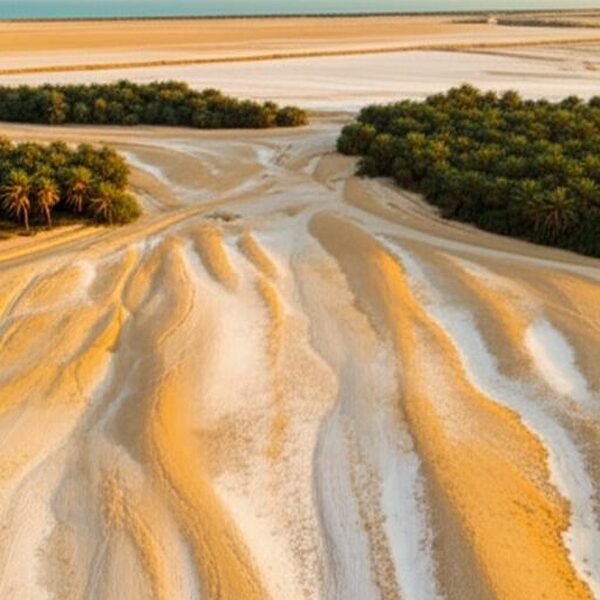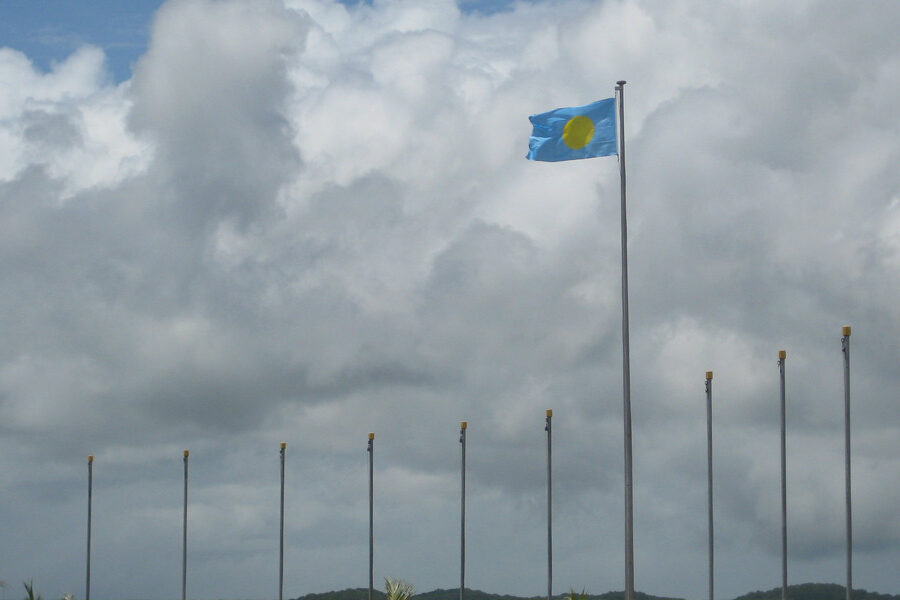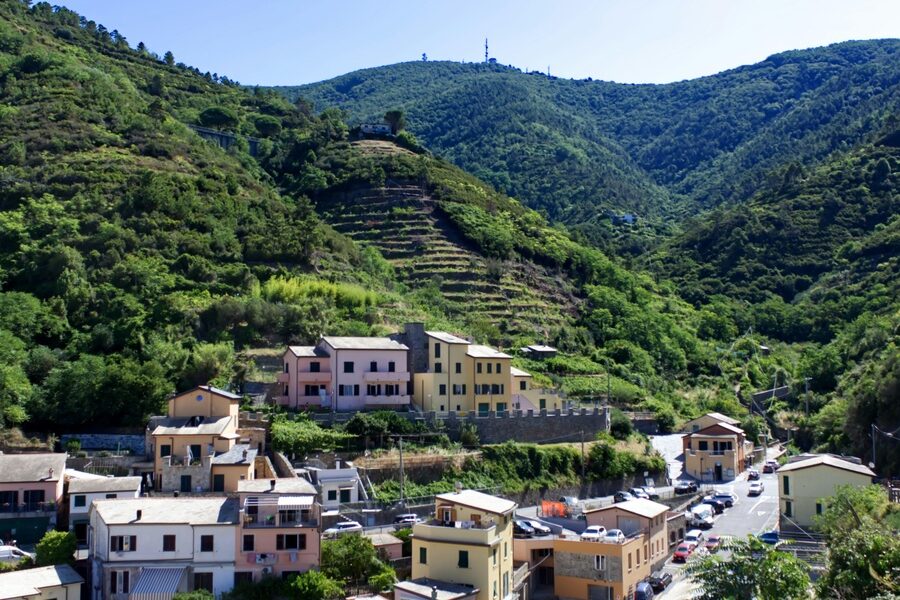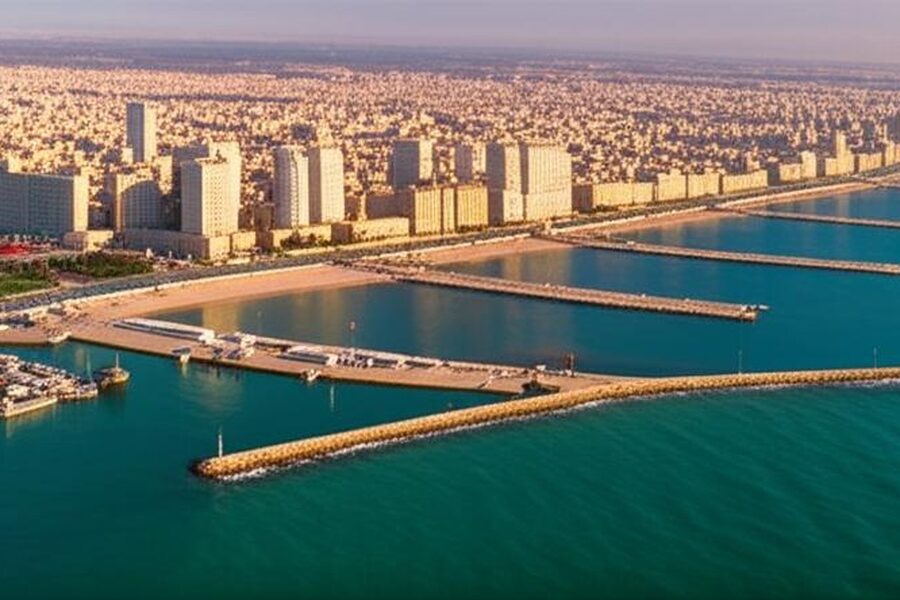Afghanistan’s cities are the primary hubs for trade, services and industry across a largely rural country, shaping regional livelihoods and reconstruction efforts. Markets, cross-border commerce and local manufacturing concentrate economic activity in a handful of urban centers that influence national growth.
There are 7 Richest Cities in Afghanistan, ranging from Herat to Mazar-i-Sharif. For each city you’ll find below the data organized by Country, Estimated GDP (USD), Major industries, giving a quick snapshot of scale and economic focus you’ll find below.
How is “richest” determined for these cities?
“Richest” here refers to estimated gross domestic product attributed to each urban area or its province, combining outputs from industry, services, agriculture and trade; because official city-level figures are limited, estimates draw on reported activity, fiscal data and modelling to approximate relative economic size.
How reliable are the GDP estimates and can I compare them directly?
Estimates provide a useful ranking but should be treated as approximations: data sources vary in timeliness and coverage, informal economies are large, and methodology differs between studies, so use comparisons for broad insight rather than precise fiscal accounting.
Richest Cities in Afghanistan
| City | Country | Estimated GDP (USD) | Major industries |
|---|---|---|---|
| Kabul | Afghanistan | 8,000,000,000 (2019) | Government services, finance, trade, construction, remittances, real estate, telecommunications |
| Herat | Afghanistan | 2,200,000,000 (2019) | Cross-border trade, carpets, light manufacturing, agriculture, logistics, transit services |
| Mazar-i-Sharif | Afghanistan | 2,000,000,000 (2019) | Grain, livestock, mining services, trade, manufacturing, transport, storage |
| Kandahar | Afghanistan | 1,500,000,000 (2019) | Agriculture (fruits), trade, transport, construction, services, markets |
| Jalalabad | Afghanistan | 900,000,000 (2019) | Cross-border trade, agriculture, remittances, transport, light commerce |
| Kunduz | Afghanistan | 700,000,000 (2019) | Agriculture, agro-processing, trade, transport, small manufacturing |
| Lashkar Gah | Afghanistan | 450,000,000 (2019) | Irrigated agriculture, cash crops, reconstruction, informal poppy economy, services |
Images and Descriptions
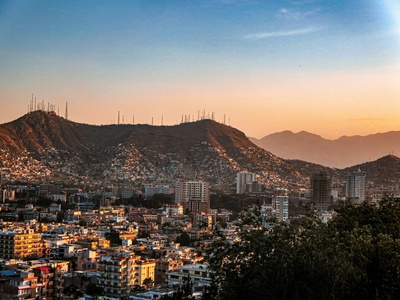
Kabul
Kabul is Afghanistan’s political and commercial center, concentrating government services, finance, trade, construction, and a growing private sector. High property values and remittance flows make it the country’s wealthiest urban market, though data vary and inequality is high.
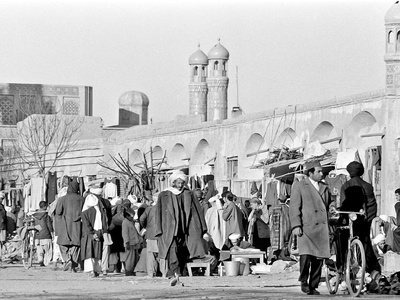
Herat
Herat is a major trade and transit hub near Iran, driven by cross-border commerce, carpets, light manufacturing, and agriculture. Rising investment and trade corridors have boosted living standards and property values compared with many other Afghan cities.
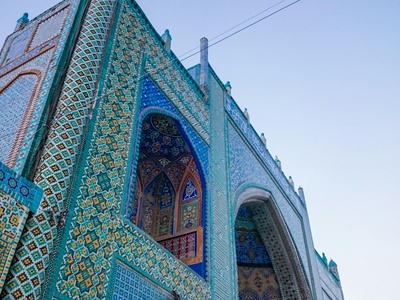
Mazar-i-Sharif
Mazar-i-Sharif anchors northern Afghanistan’s economy with grain, livestock, mining services, and trade. It hosts regional markets, manufacturing clusters and transport links to Central Asia, supporting relatively higher incomes and business activity in the north.
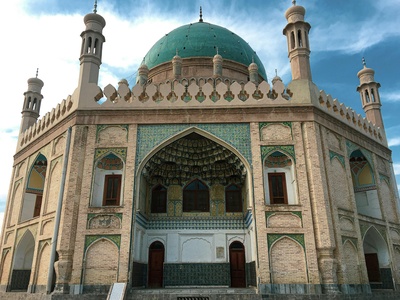
Kandahar
Kandahar is a southern commercial and agricultural center with fruit orchards, trade, transport and construction activity. Its strategic location and agricultural wealth support significant local incomes and investment despite regional instability and limited formal data.
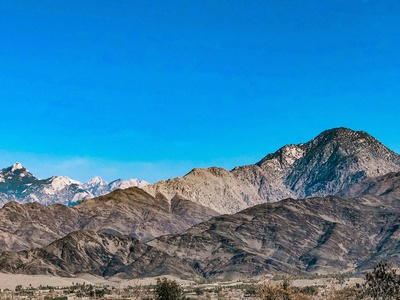
Jalalabad
Jalalabad, near the Pakistani border, benefits from cross-border trade, agriculture (fruits, sugarcane) and remittances. It functions as an eastern commercial hub with growing markets and transport connections that raise urban incomes relative to surrounding districts.
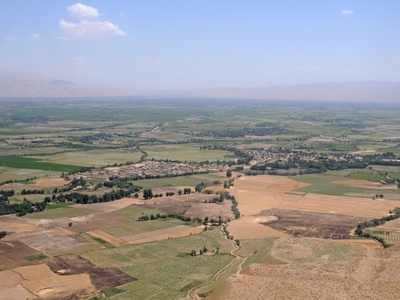
Kunduz
Kunduz combines agriculture, agro-processing and cross-border trade with Tajikistan to support local industry. Recent investment in transport and markets has increased commercial activity and household incomes though data remain limited.
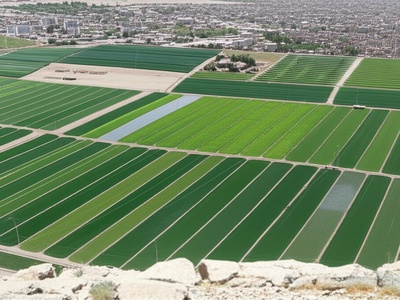
Lashkar Gah
Lashkar Gah is a Helmand agricultural hub tied to irrigated farming and cash crops. Poppy economy, reconstruction projects and limited industry shape incomes; formal investment and services remain smaller than Afghanistan’s northern and western cities.

